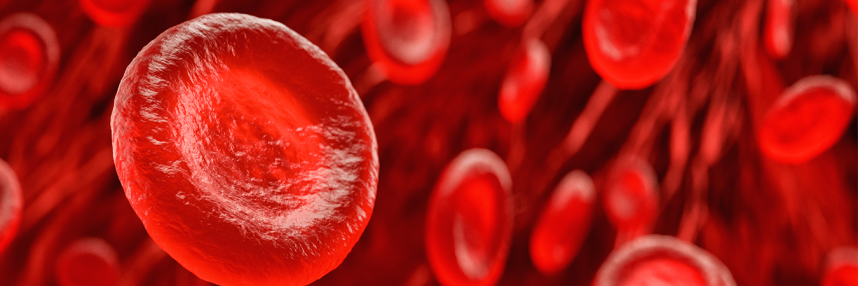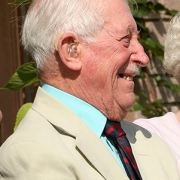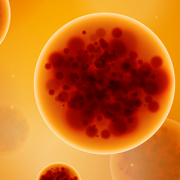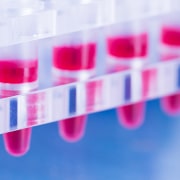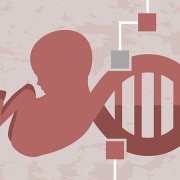NICE approves RNAi therapy for porphyria
This week, we look at the latest gene silencing treatment approved by NICE – this time for an acute form of porphyria
The National Institute for Health and Care Excellence (NICE) has recommended the use of a gene therapy to treat NHS patients affected by acute hepatic porphyria (AHP), an inherited condition affecting the production of haem, an important part of haemoglobin. The treatment works by targeting a specific gene and stops it from creating the enzyme that causes the condition.
What are porphyrias?
Porphyrias are a group of mostly genetic conditions that are caused by a build-up of substances called porphyrins in the body. Porphyrins are important constituents of haem – a compound necessary to make haemoglobin in red blood cells.
When there is a problem in the pathway that makes haem, the porphyrins can accumulate and cause toxicity. This can result in skin problems associated with light sensitivity (cutaneous porphyria) or attacks of severe pain (acute porphyria).
Acute hepatic porphyrias
One subgroup of these conditions are the acute hepatic porphyrias (AHPs), caused by variants in genes involved in the pathway that makes haemoglobin.
When this pathway is not functioning properly, porphyrins can build up in the liver, causing repeated attacks of severe abdominal pain and vomiting, elevated heart rate and blood pressure, and muscle weakness and paralysis. There can also be neurological effects, ranging from anxiety and depression to hallucinations and seizures.
“Some patients experience regular, intense pain, have to spend long periods of time in hospital and be unable to continue working or have a normal social life,” explained National Acute Porphyria Service (NAPS) director, Professor David Rees.
Treatment options
The current treatment for AHP is haem arginate. It works by replenishing the body’s haem stores so that the body makes less haem, in turn making the pathway that creates porphyrins less active.
This treatment’s effectiveness reduces over time, however, and is no longer helpful for most patients after three to four years. It can also have serious side effects including iron overload and liver inflammation. A liver transplant can provide a cure, but very few donor organs are available, and organ transplants have serious associated risks.
A clinical trial has shown that a new treatment, givosiran, can prevent up to 74% of acute porphyria attacks. The treatment was approved by the European Medicines Agency last year, and NICE is recommending it for patients who are affected by four or more attacks per year as a starting point.
“I suffered a progressive deterioration in health with each attack: increased weakness, more pain, more fatigue, disturbed sleep, more haem, more sickness, more use of the wheelchair, escalating levels of medications … complete dependence on partner for physical care, such as bathing, cooking and cleaning,” said Sue Burrell, a UK patient who took part in the clinical trial.
“Givosiran has been completely life-changing. I am able to contribute to family life, to my life, to think of the future,” she added.
Silencing a gene
Givosiran works by using RNA interference (RNAi) to stop cells making an enzyme called ALA synthase-1, a key component in the pathway that makes haemoglobin.
It does this by intercepting the messenger RNAs that are copied from the ALAS1 gene that encodes ALA synthase-1, causing them to be destroyed before they can be used as a template to manufacture the enzyme.
RNAi is not a gene therapy because it does not change the ALAS1 gene or any DNA – it just stops the message to make the enzyme getting through. As the DNA is not changed, the effect of girosivan is not permanent; to maintain the silencing, the treatment must be given regularly.
As research and trials continue, more effective treatments that work by using RNAi are being found. In October, we reported on inclisiran – the first cholesterol-lowering drug to work in this way. More news on the latest gene silencing treatments will be made available on this blog as we learn more.
For more on how mRNA therapies are being used in practice, why not check out our article about their role in Covid-19 vaccines
–
Please note: This article is for informational or educational purposes, and does not substitute professional medical advice.


